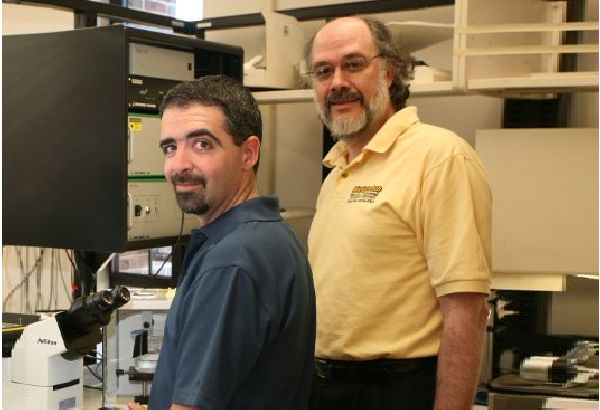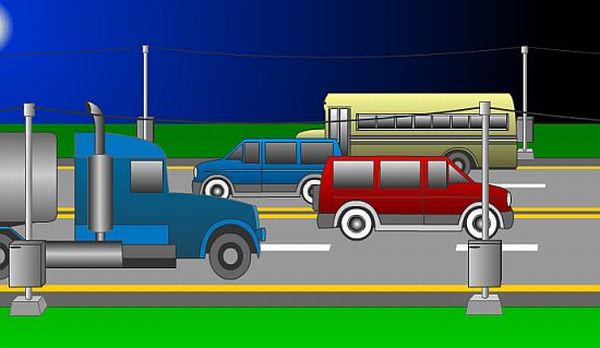Some of the best minds around the world are spending a great deal of their time in trying to device gadgets and make technological breakthroughs using a trial and error method. In many instances it can take several decades before the scientific community hits on the perfect combination and achieves the required solution. The development of fuel cell technology has already taken plenty of time with researchers having taken over a decade to try and roll out the first generation. Now a team of researchers at the Michigan Technological University are trying to make sure the same thing does not happen again.

One of the major hindrances in the progress that will lead to more efficient fuel cells is the occurrence of water as a byproduct in the reaction. While environmentalists have no issues at all with water vapor exhaust, a spoonful of water can wreck an entire line of fuel cells and stop the mechanism inside. Water is generated as a byproduct in the porous transport layer (PTL) of the fuel cell and the movement of this water on the thin surface of PTL is key to ensure the functioning of the unit.
The mathematical model developed by a team led by Jeffrey Allen tried to predict the movement of the water on this PTL layer that will help researchers cut down on the time they spend in the process of trial and error. The mathematical model will predict the best configuration for the fuel cell by projecting the water movement in PTL and hence save plenty of time that might be otherwise wasted in the lab for testing new materials and set ups. So far the developed prediction model has proved highly accurate and the researchers hope that it will help in synthesizing the next generation fuel cells sooner than later.
Via: mtu




